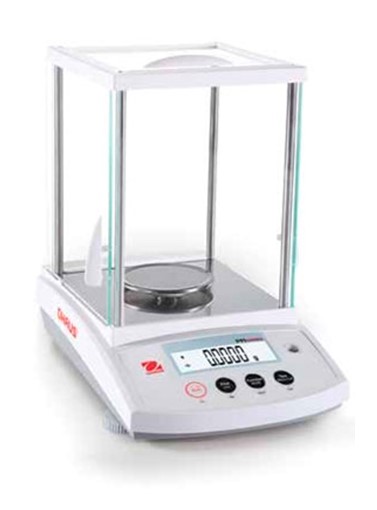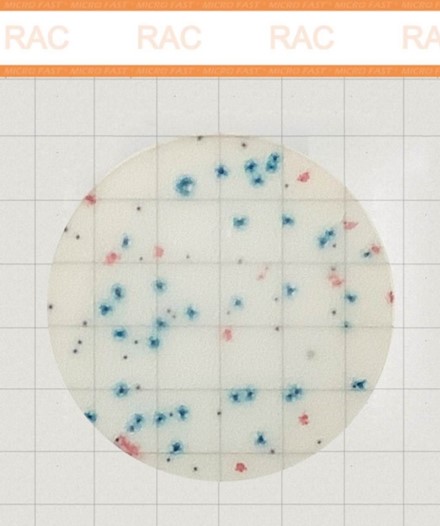Antibiotics in milk: causes and consequences
MILK is one of the most valuable and useful products, which is used as a food product in many countries of the world. Milk contains many vitamins, minerals and other nutrients essential for human HEALTH. However, there are a number of problems associated with the use of milk, including the problem of the presence of antibiotics in milk.
Currently, antibiotics are one of the most common and effective medicines for the treatment of various diseases. They are used in medicine, veterinary medicine and animal husbandry to fight bacterial infections. But the use of antibiotics in animal husbandry can lead to the presence of these drugs in milk.
Reasons for the presence of antibiotics in milk
There are several reasons why antibiotics can end up in milk. One of the main reasons is the use of antibiotics to treat diseases in animals, especially cows. If a cow develops an infection, the veterinarian may prescribe antibiotics to fight the bacteria. However, if the course of treatment is not completed, the cow may continue to excrete antibiotics into her milk.
In addition, some farmers may use antibiotics prophylactically to prevent disease in their animals. This can lead to the appearance of antibiotics in the milk, even if the animal is not sick.
Antibiotics can also enter milk through contamination of the environment or food that has been treated with antibiotics.
Consequences of the presence of antibiotics in milk
The presence of antibiotics in milk can have a negative impact on human health. When drinking milk containing antibiotics, allergic reactions, digestive disorders and other health problems can occur. In addition, long-term consumption of milk containing antibiotics can lead to the development of antibiotic-resistant bacteria, making them more difficult to treat in the future.
There are several measures to combat the presence of antibiotics in milk. In most countries where milk is one of the main foodstuffs, there are rules and regulations for milk quality control established by the state. These include mandatory testing of milk for antibiotics before it is sold and established standards for the content of antibiotics in milk. In addition, some countries impose fines for the sale of milk containing antibiotics.
However, not all milk quality control rules are always followed, and it is not always possible to detect the presence of antibiotics in it. Therefore, when buying milk, you should pay attention to its quality and origin.
In conclusion, the presence of antibiotics in milk is a serious problem for human health. It is necessary to comply with the rules for quality control of milk and pay attention to the origin of the product. This is the only way to protect yourself and your family from the harmful effects of antibiotics on the body.



























































